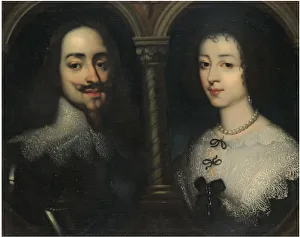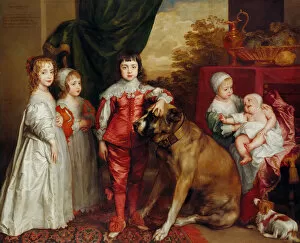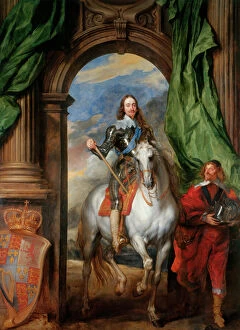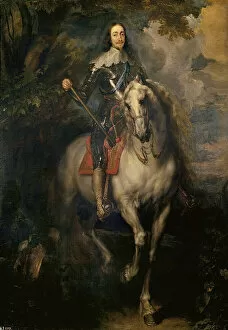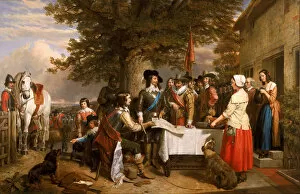Charles The Martyr Collection
Charles I (1600-1649): A Monarch's Reign and Fall from Grace through Art
All Professionally Made to Order for Quick Shipping
Charles I (1600-1649): A Monarch's Reign and Fall from Grace through Art. Charles I's reign (1625-1649) was marked by artistic patronage, with Sir Anthony van Dyck (1599-1641) creating numerous portraits. In the 1630s, Dyck painted the King and Queen Henrietta Maria (1609-1669) in a double portrait, showcasing their regal beauty and unity. Charles' children were also immortalized, including his five eldest in 1637. The Prince of Wales, later Charles I, was depicted as a young man in the early 1600s. Charles I's equestrian portraits, such as the one from 1633, symbolized his power and majesty. However, the political climate changed, leading to the Battle of Edgehill in 1642, as depicted in Landseer's painting. Despite the tumultuous end to his reign, Charles I continued to be portrayed as a king, even in exile. The 1666 portrait by Dyck highlights his resilience and the enduring image of a monarch.


